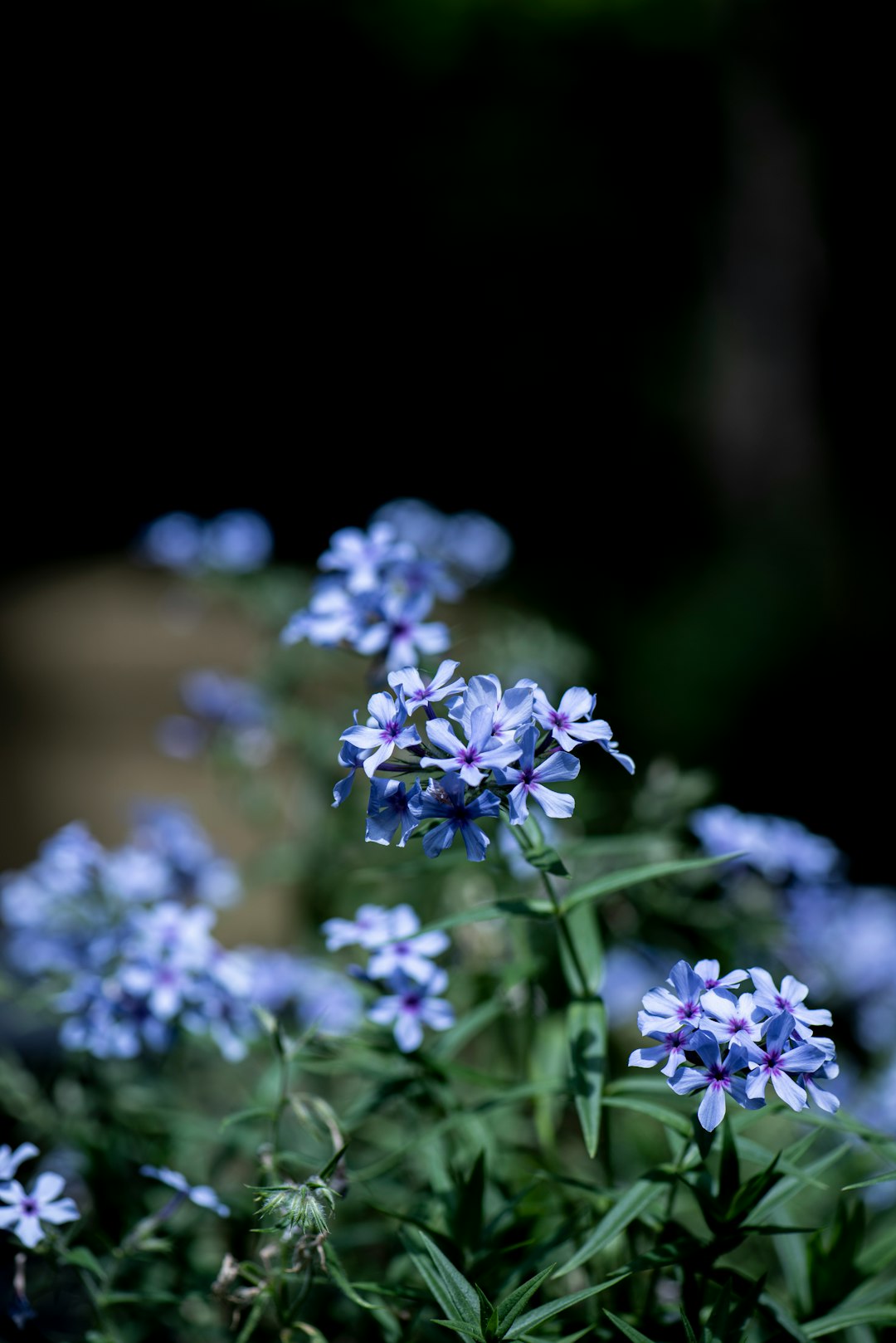The Smart Gardening Hack: Seedlings over Seeds

In the world of gardening, the age - old debate of using seeds versus seedlings has persisted for generations. However, a gardening expert has shed light on why, in certain scenarios, starting with seedlings can be a game - changer, saving you both time and money while sparing you from potential disappointment.
Let's first understand the basic difference between seeds and seedlings. Seeds are the starting point of a plant's life cycle. They are tiny, often inexpensive, and come in a wide variety of plant species. On the other hand, seedlings are young plants that have already germinated from seeds and have started to develop their first true leaves. They are essentially a step ahead in the growth process.
One of the most significant advantages of using seedlings is the time factor. When you plant seeds, you have to go through the entire germination process. This can take anywhere from a few days to several weeks, depending on the type of plant. During this time, you need to provide the right conditions of temperature, moisture, and light. Any deviation from the ideal conditions can lead to poor germination rates or even complete failure. For example, some seeds require a specific period of cold stratification before they can germinate, which can be a complex and time - consuming process for the average gardener.
In contrast, seedlings have already passed the germination stage. You can simply transplant them into your garden, and they will start growing immediately. This means that you can enjoy the fruits (or flowers) of your labor much sooner. For instance, if you want to grow tomatoes, starting with seedlings can get you ripe tomatoes on your plate several weeks earlier than if you started with seeds.
Another crucial aspect is the cost. While seeds are generally cheaper than seedlings, the hidden costs associated with growing from seeds can add up quickly. You need to invest in seed - starting trays, potting soil, and a suitable growing environment, such as a greenhouse or a sunny windowsill. Additionally, if your seeds don't germinate, you'll have to buy more seeds and start the process all over again. With seedlings, you only need to pay for the plant itself and the soil in which you'll transplant it. This can be a more cost - effective option, especially if you're new to gardening and still learning the ropes.
Disappointment is also a common factor when it comes to gardening. Many novice gardeners get discouraged when their seeds fail to germinate or when the young plants they've nurtured die off. Starting with seedlings can reduce this risk significantly. Since seedlings are already established plants, they are generally more robust and have a higher chance of survival. They are less likely to be affected by pests and diseases during the early stages of growth, as they have a head start in developing a strong root system and healthy foliage.
However, it's important to note that there are still scenarios where using seeds is the better option. Some plants, such as wildflowers or certain herbs, are best grown from seeds as they have specific germination requirements that are difficult to replicate with seedlings. Also, if you have a large garden and want to grow a large number of plants, seeds can be a more economical choice in the long run.
In conclusion, while both seeds and seedlings have their place in the garden, starting with seedlings in certain situations can be a smart move. It can save you time, money, and the heartache of failed gardening attempts. Whether you're a seasoned gardener looking to streamline your process or a beginner eager to see quick results, consider giving seedlings a try in your next gardening project.
So, the next time you're planning your garden, take a moment to weigh the pros and cons of using seeds versus seedlings. You might just find that starting with seedlings is the key to a more successful and enjoyable gardening experience.